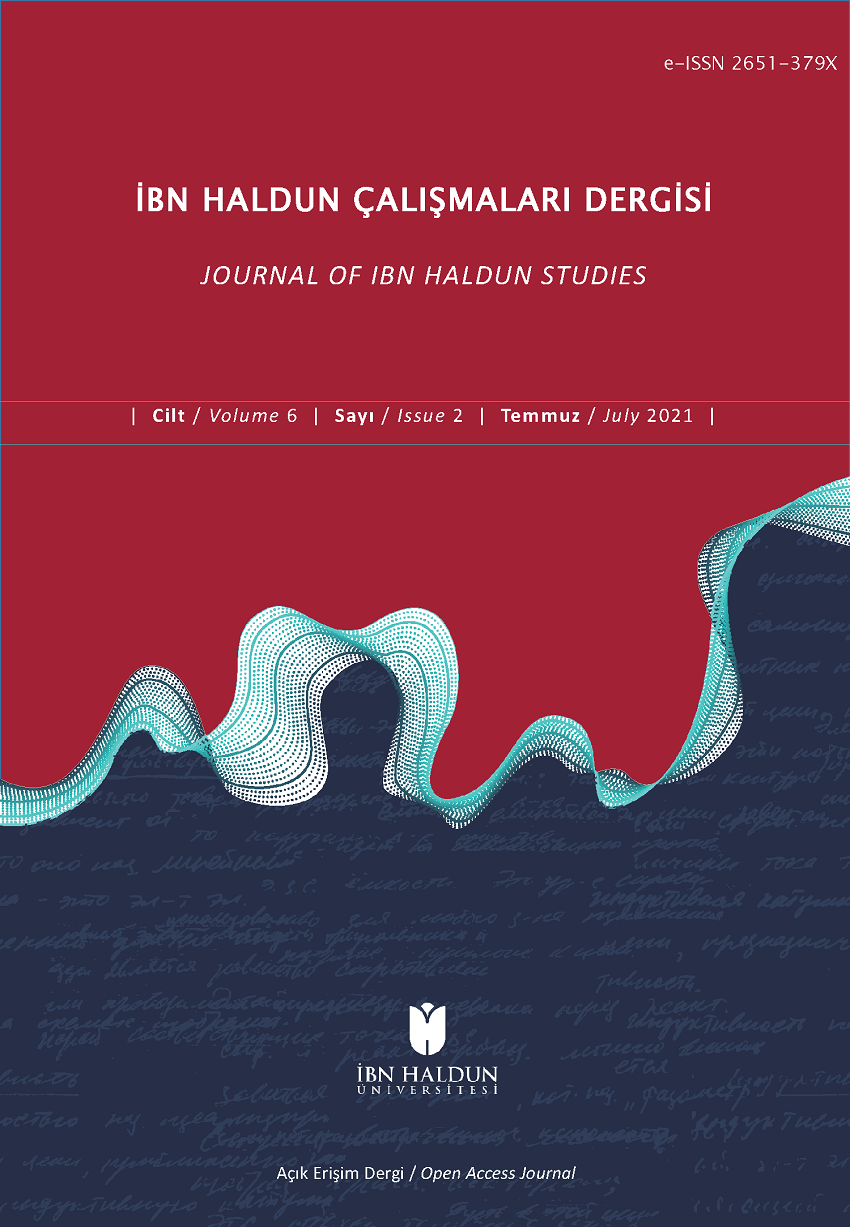Governance Structure of Microfinance Institutions: A Comparison of Models and Its Implication on Social Impact and Poverty Reduction
DOI:
https://doi.org/10.36657/ihcd.2020.68Anahtar Kelimeler:
Governance Structure, Microfinance, Social Impact, Microfinance Banks, Rural Development SchemeÖzet
The purpose of this paper is to compare three different models of MFIs, namely microfinance banks (MFB), Microcredit programme (MCP) and rural development scheme (RDS), by focusing on their governance structures, and subsequently analyse their implications on social impact and poverty reduction of the MFIs. Three MFIs, one from each model, will be considered, using Bangladesh as the case study. Bangladesh is a country which is considered to be a pioneer in providing micro-finance to the underprivileged people to improve their entrepreneurial capacity. In methodology, the study relies on Porter’s Competitive Strategy Theory (1979). This theory is based on the concept that five forces determine the competitive intensity and attractiveness of a market which assesses five forces. The study relies on secondary data collected mainly from the annual reports of the three MFIs, and Microcredit Regulatory Authority (MRA) report. This study aims to contribute towards better governance practices of the MFIs given its strong implications on social responsibility, accountability, transparency, financial performance, increasing their social impact and poverty reduction of the MFIs. Findings of this study provide essential inputs on the way forward for the evolution of microfinance, as framed by the global development discourse and subsequent public policy choices. Overall, the study shows that only a limited number of variables influence the social impact and poverty reduction of an MFI. The limitation of the studied investment fund is that it invests in expanding and mature MFI’s. So the results of this research can only be generalised to expanding and mature MFI’s. The approach to microfinance governance should be broadened by focusing more on stakeholders and the decision making process in an MFI. Better social responsibility and poverty reduction of the MFIs contribute positively to financial inclusion through poverty alleviation, empowerment of the poor and better financial access, leading to sustainable economic growth.İndir
Yayınlanmış
30.01.2020
Nasıl Atıf Yapılır
Uddin, M. N., Hamdan, H., Embi, N. A. C., Kassim, S., & Saad, N. B. M. (2020). Governance Structure of Microfinance Institutions: A Comparison of Models and Its Implication on Social Impact and Poverty Reduction. İbn Haldun Çalışmaları Dergisi, 5(1), 95–118. https://doi.org/10.36657/ihcd.2020.68
Sayı
Bölüm
Makaleler
Lisans
Makalelerin yayıma kabul edilmesi durumunda ticari amaç da dahil olmak üzere ve aynı lisansı kullanmak şartıyla, çalışmanın başka çalışmalarla birleştirilmesi, çalışmanın üzerine yeni bir çalışma yapılması ya da farklı düzenlemeler yapılmasına izin verilir.
İbn Haldun Çalışmaları Dergisi'nde yayınlanan çalışmaların telif hakları yazarına aittir. Yazarlar çalışmalarını çoğaltmak ve yaymakta özgürdür.






